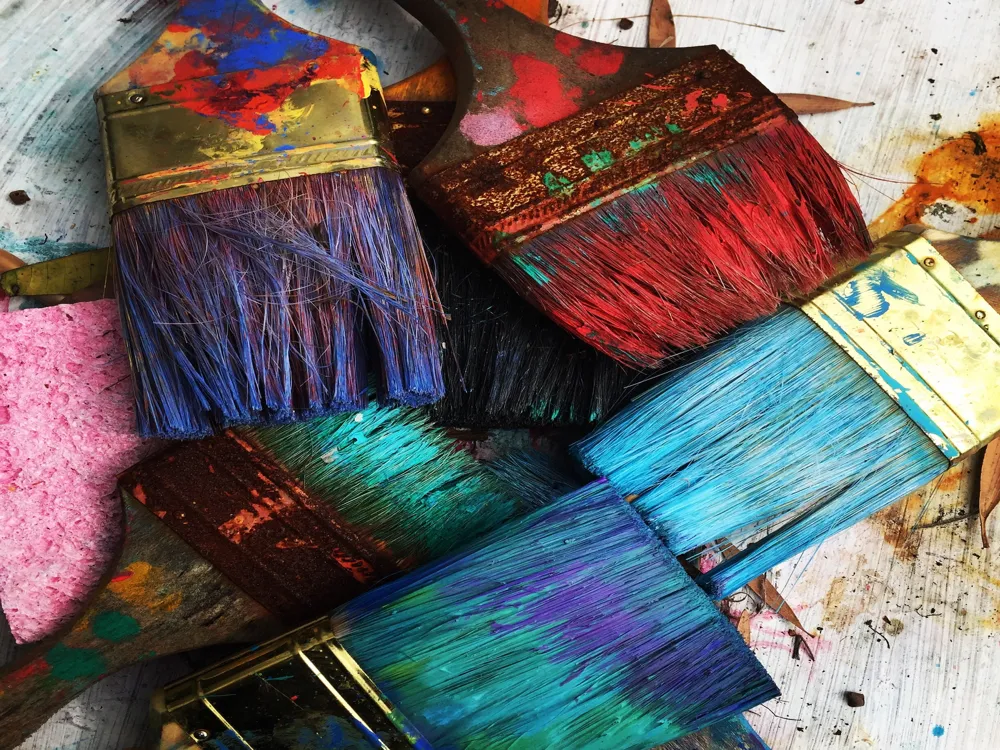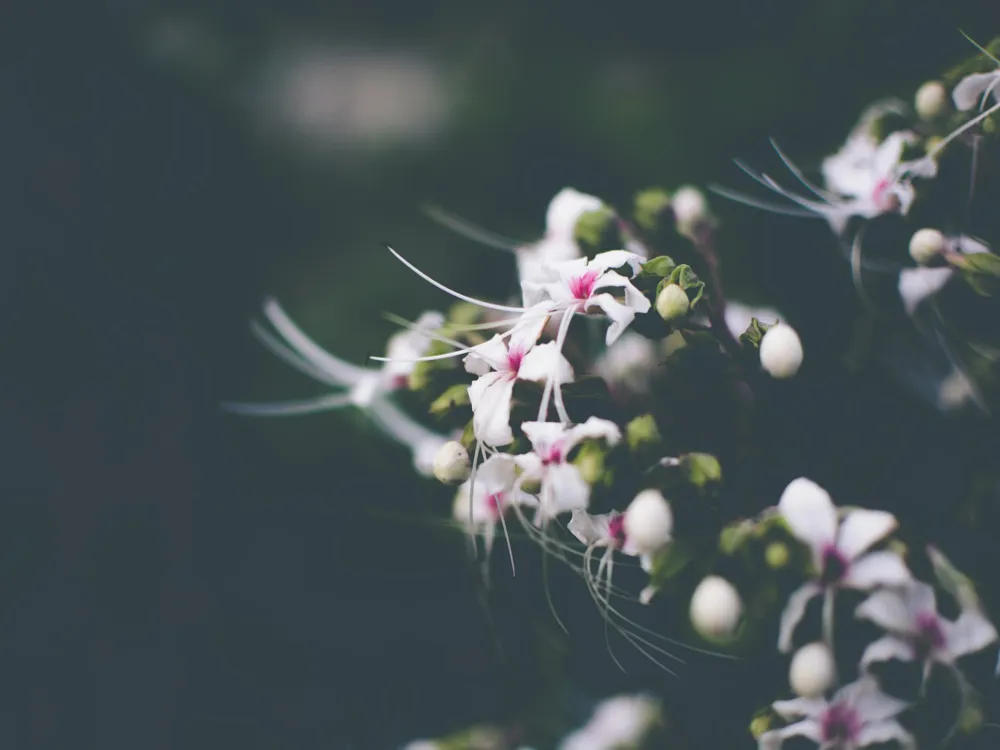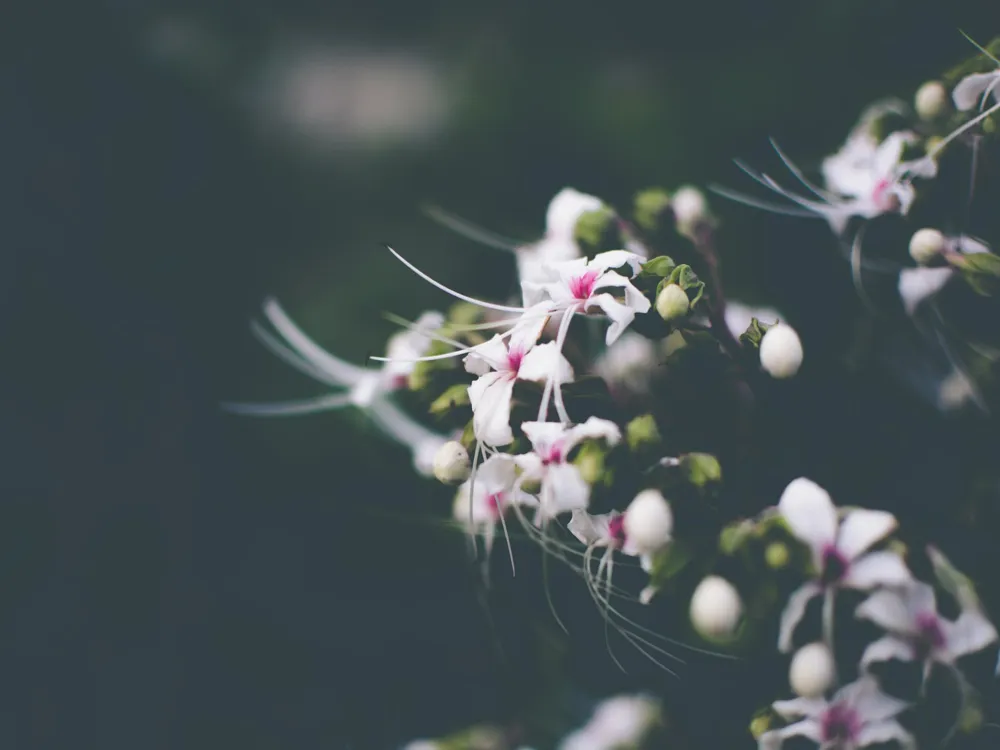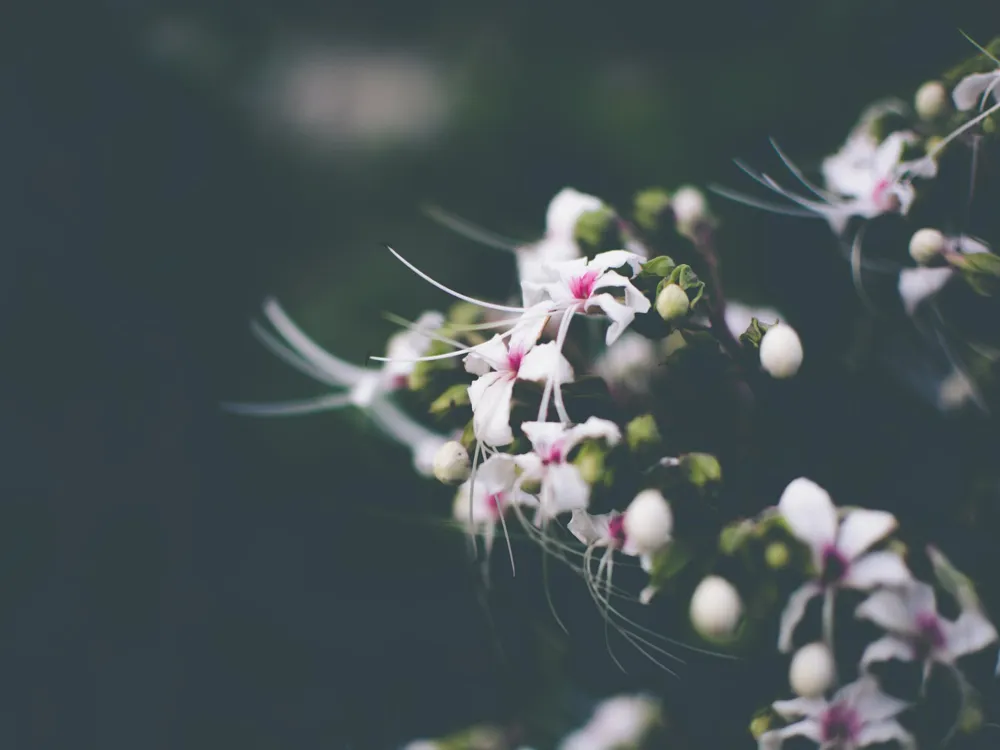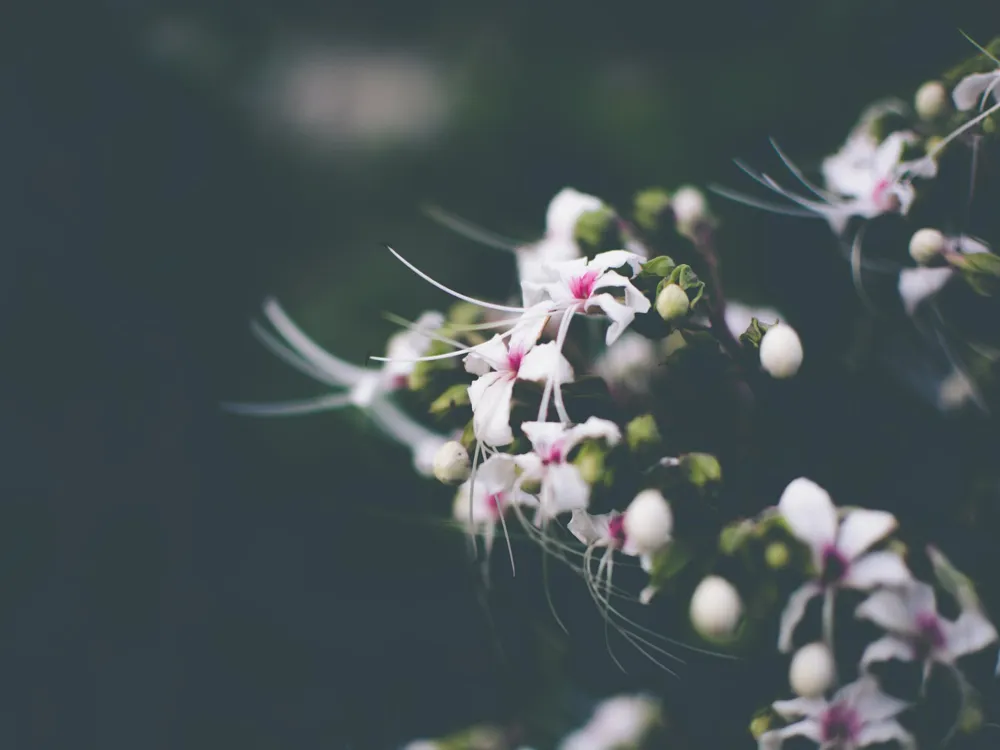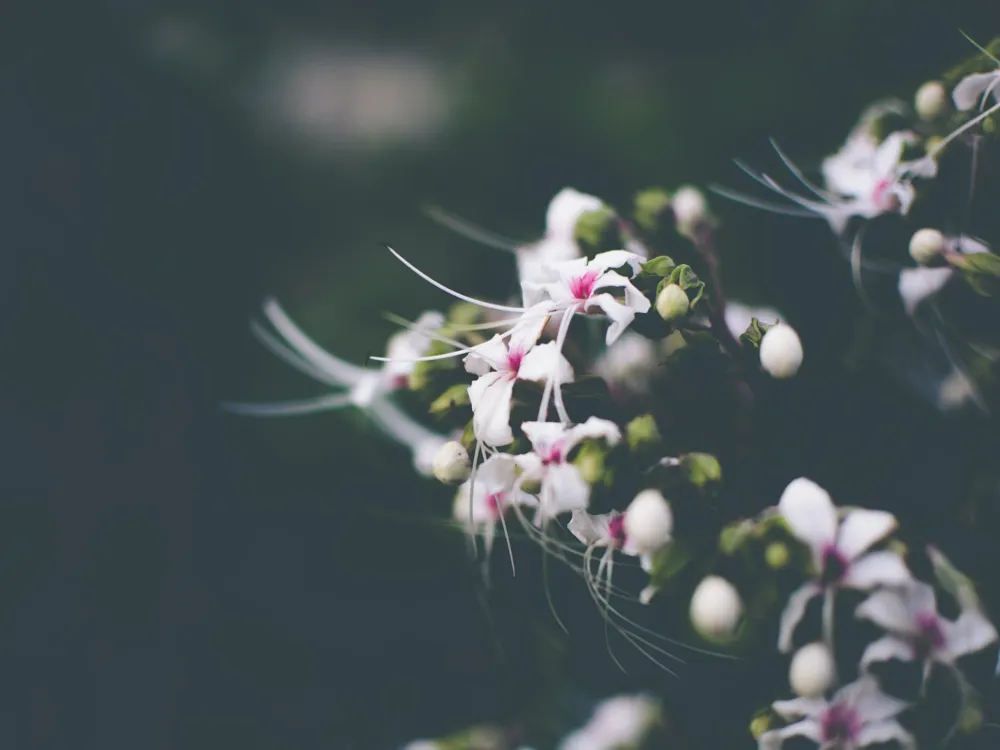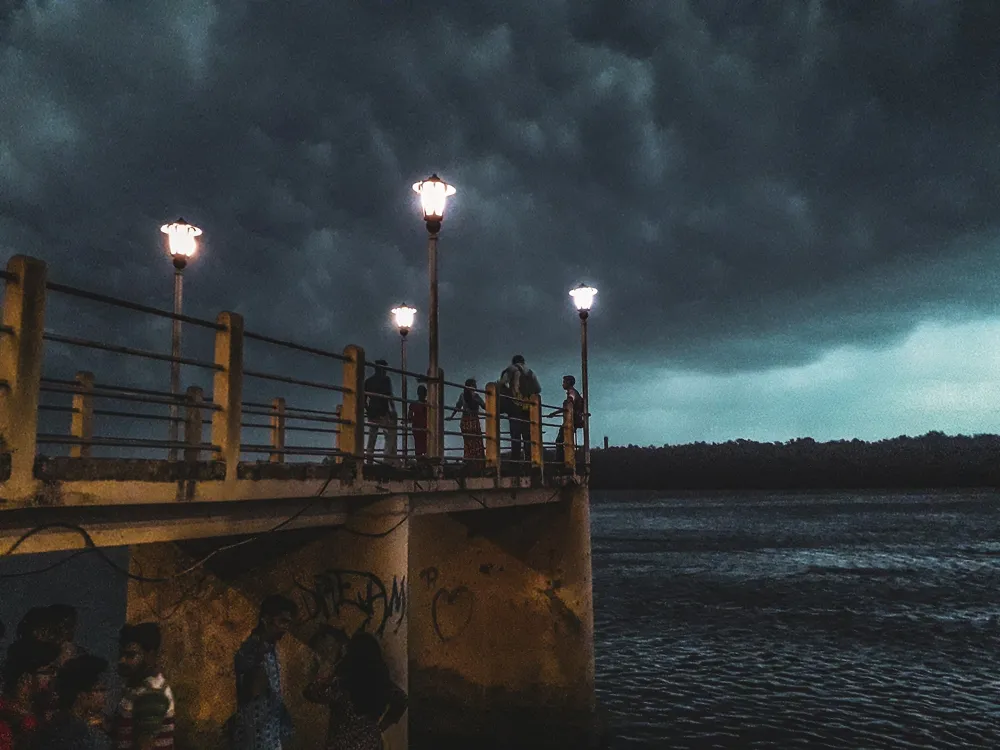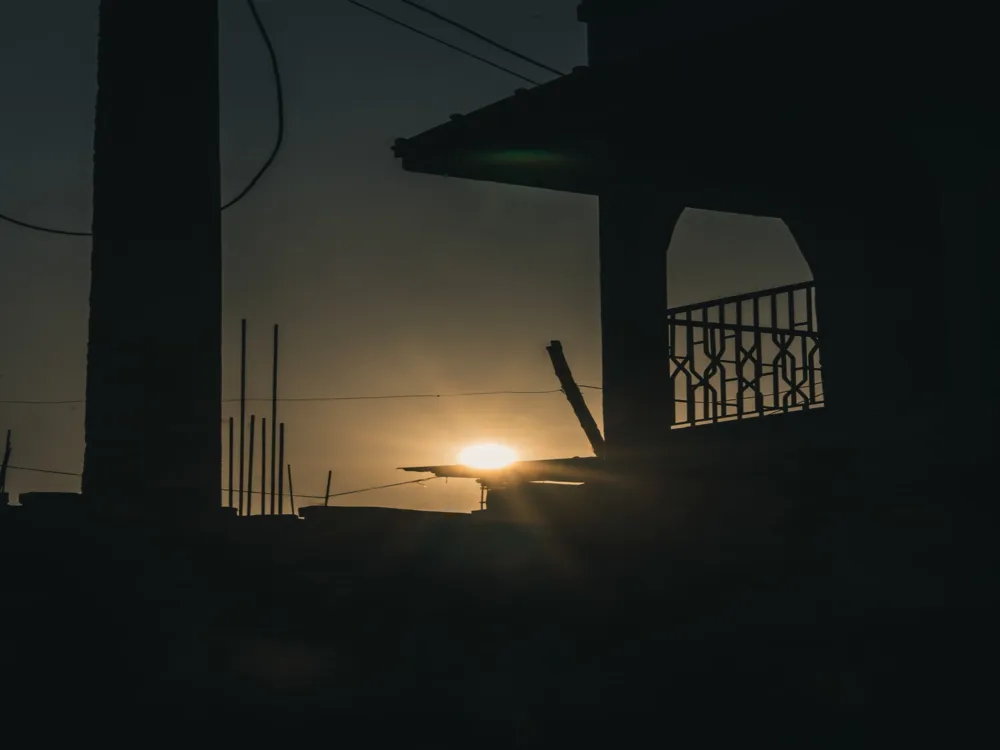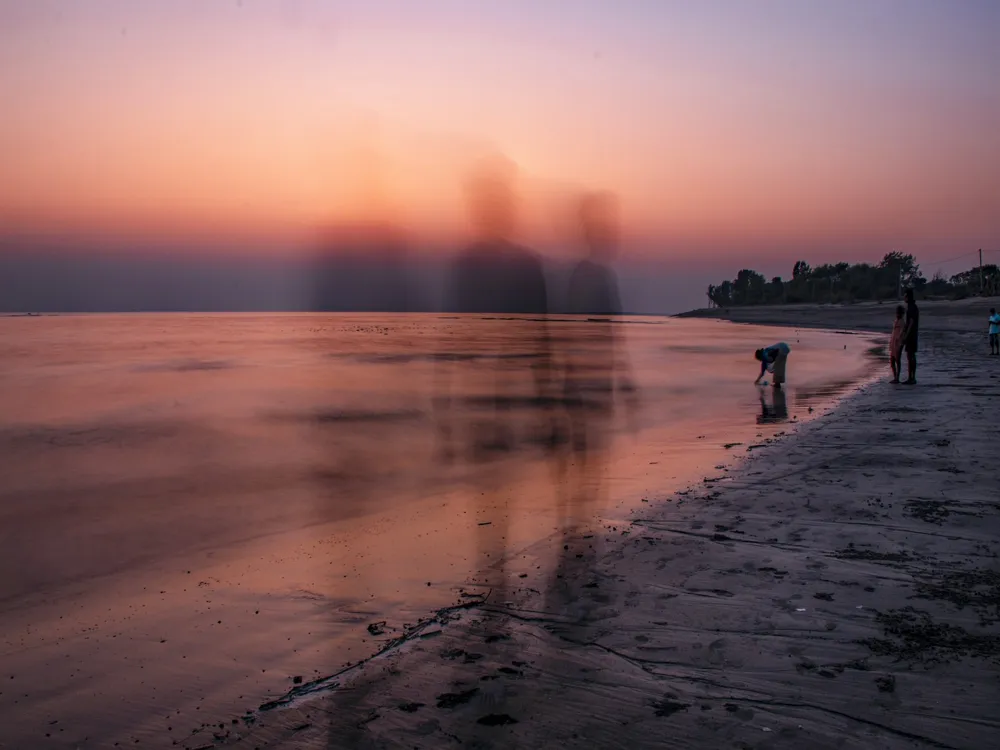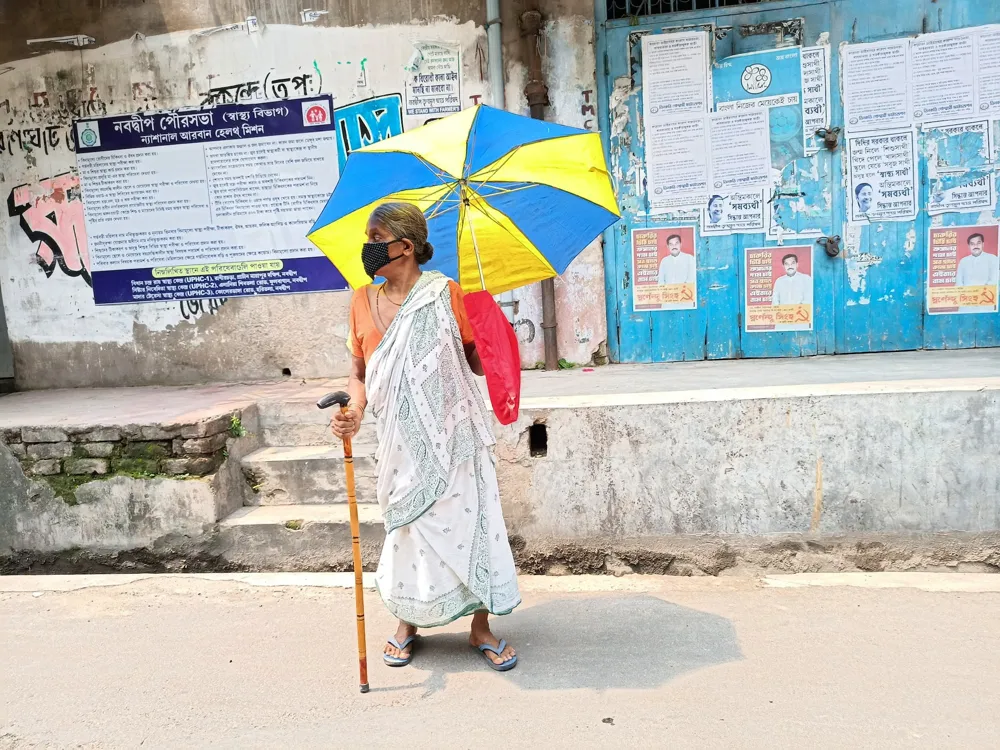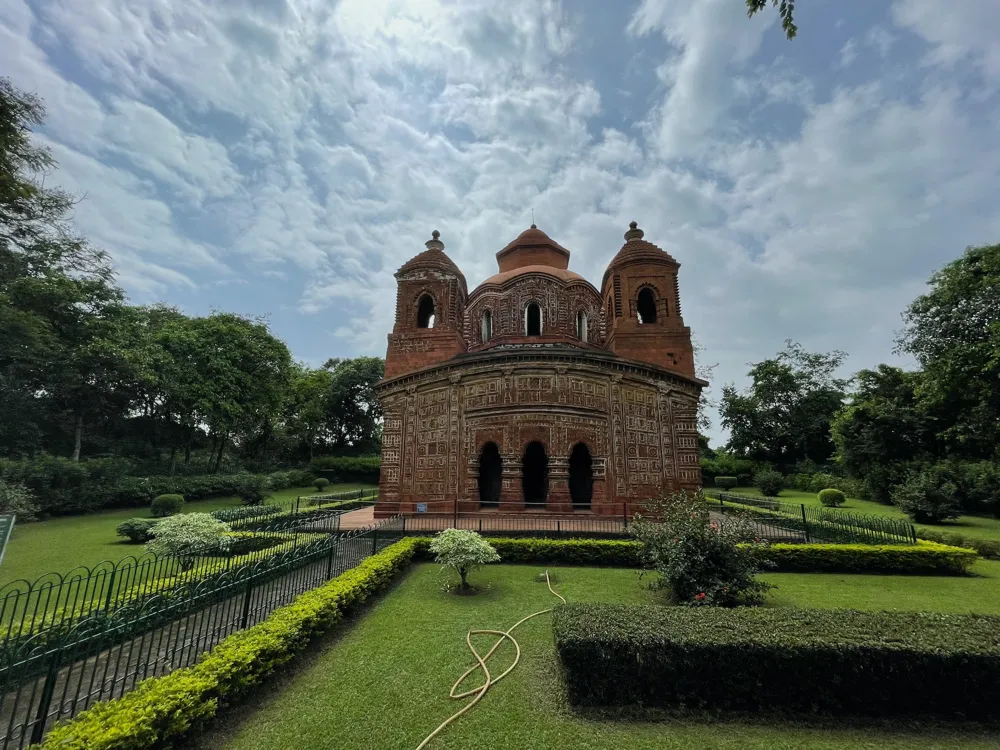Baabur Haat in Kolkata, West Bengal, is a hidden gem that offers a unique glimpse into the region's rich cultural and historical heritage. Nestled in the heart of the city, Baabur Haat is not just a market but a living museum that showcases the vibrant traditions of Kolkata. This bustling marketplace is known for its eclectic mix of shops, street food vendors, and cultural activities, making it a must-visit destination for both locals and tourists. The history of Baabur Haat dates back to several centuries, with its origins deeply rooted in the local community. It was named after the renowned Mughal emperor Babur, reflecting the influence of Mughal culture in the region. Over the years, Baabur Haat has evolved into a cultural hub, attracting artisans, craftsmen, and performers from across West Bengal. The market is particularly famous for its traditional Bengali sarees, handcrafted jewelry, and diverse range of local delicacies. What sets Baabur Haat apart is its vibrant atmosphere. The market is always bustling with activity, from the early morning hours when vendors set up their stalls to the late evening when the area comes alive with cultural performances and food festivals. It is a place where tradition meets modernity, offering a unique blend of old-world charm and contemporary vibrancy. Visitors to Baabur Haat are treated to an authentic experience of Kolkata's rich cultural heritage, making it an unforgettable destination. The architecture of Babur Haat is a testament to Kolkata's historical and cultural legacy. The market's design reflects a blend of colonial and traditional Bengali architectural styles, creating a unique visual appeal. The main entrance of Babur Haat is characterized by its grand archway, adorned with intricate carvings and motifs that draw inspiration from both Mughal and British influences. As you walk through the narrow lanes of Baabur Haat, you are greeted by an array of colorful buildings, each with its distinctive style. The market is dotted with old havelis (mansions) that have been converted into shops and eateries. These havelis feature ornate balconies, wooden shutters, and terracotta tiles, offering a glimpse into the opulent lifestyle of Kolkata's erstwhile elite. One of the most striking features of Babur Haat's architecture is its open-air courtyards. These courtyards serve as communal spaces where people gather to socialize, trade, and celebrate festivals. They are surrounded by rows of shops, creating a bustling marketplace atmosphere. The courtyards also host various cultural events throughout the year, including music concerts, dance performances, and art exhibitions, adding to the market's vibrant character. The ideal time to visit Babur Haat is during the cooler months from October to March. The weather is pleasant, making it comfortable to explore the market and its surroundings. Additionally, visiting during festivals like Durga Puja or Diwali offers a chance to witness the market in its full festive glory. Babur Haat is a shopper's paradise, but it's essential to haggle to get the best deals. Start by offering half the asking price and negotiate from there. Also, look out for authentic handicrafts and textiles, which make for great souvenirs and gifts. The market offers a plethora of local delicacies. Be adventurous with street food but choose vendors that maintain good hygiene. Also, keep an eye on your belongings as the market can get crowded. Babur Haat is well-connected by Kolkata's public transport system. Visitors can easily reach the market by metro, with the nearest station being Esplanade. Buses and taxis are also readily available. For those driving, parking can be found in the vicinity of the market. Exploring Baabur Haat is an experience that combines the allure of Kolkata's past with the vibrancy of its present, making it a must-visit destination for anyone exploring this historic city. Read More:Overview of Baabur Haat, Kolkata, West Bengal
Architecture of Baabur Haat
Tips When Visiting Baabur Haat
Best Time to Visit
Shopping Tips
Food and Safety
How To Reach Baabur Haat
Baabur Haat
Kolkata
West Bengal
NaN onwards
View kolkata Packages
Kolkata Travel Packages
View All Packages For Kolkata
Top Hotel Collections for Kolkata

Private Pool

Luxury Hotels

5-Star Hotels

Pet Friendly
Top Hotels Near Kolkata
Other Top Ranking Places In Kolkata
View All Places To Visit In kolkata
View kolkata Packages
Kolkata Travel Packages
View All Packages For Kolkata
Top Hotel Collections for Kolkata

Private Pool

Luxury Hotels

5-Star Hotels

Pet Friendly







